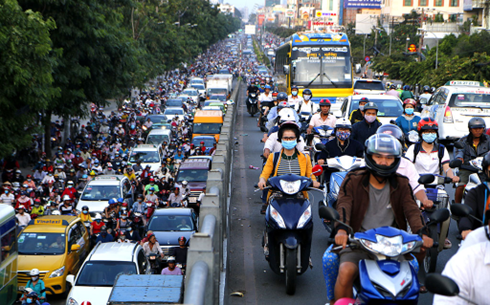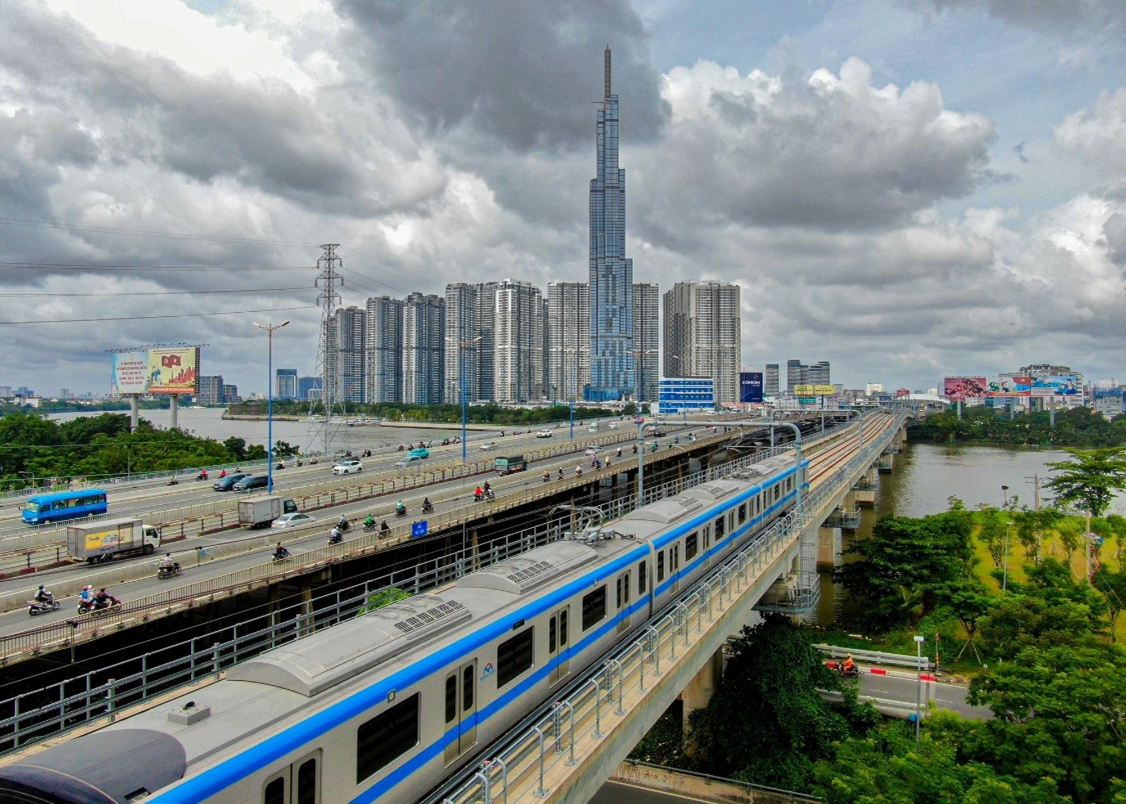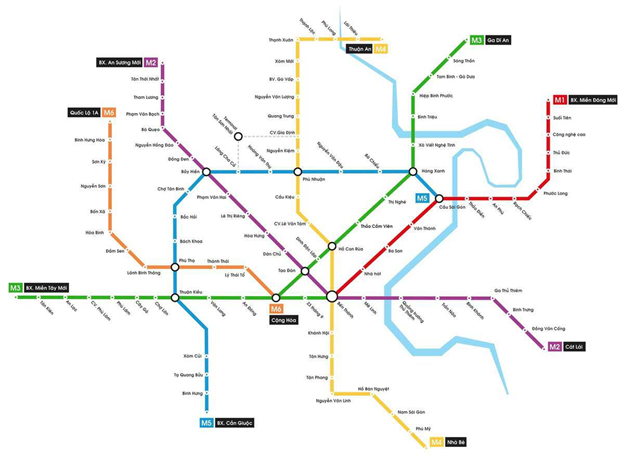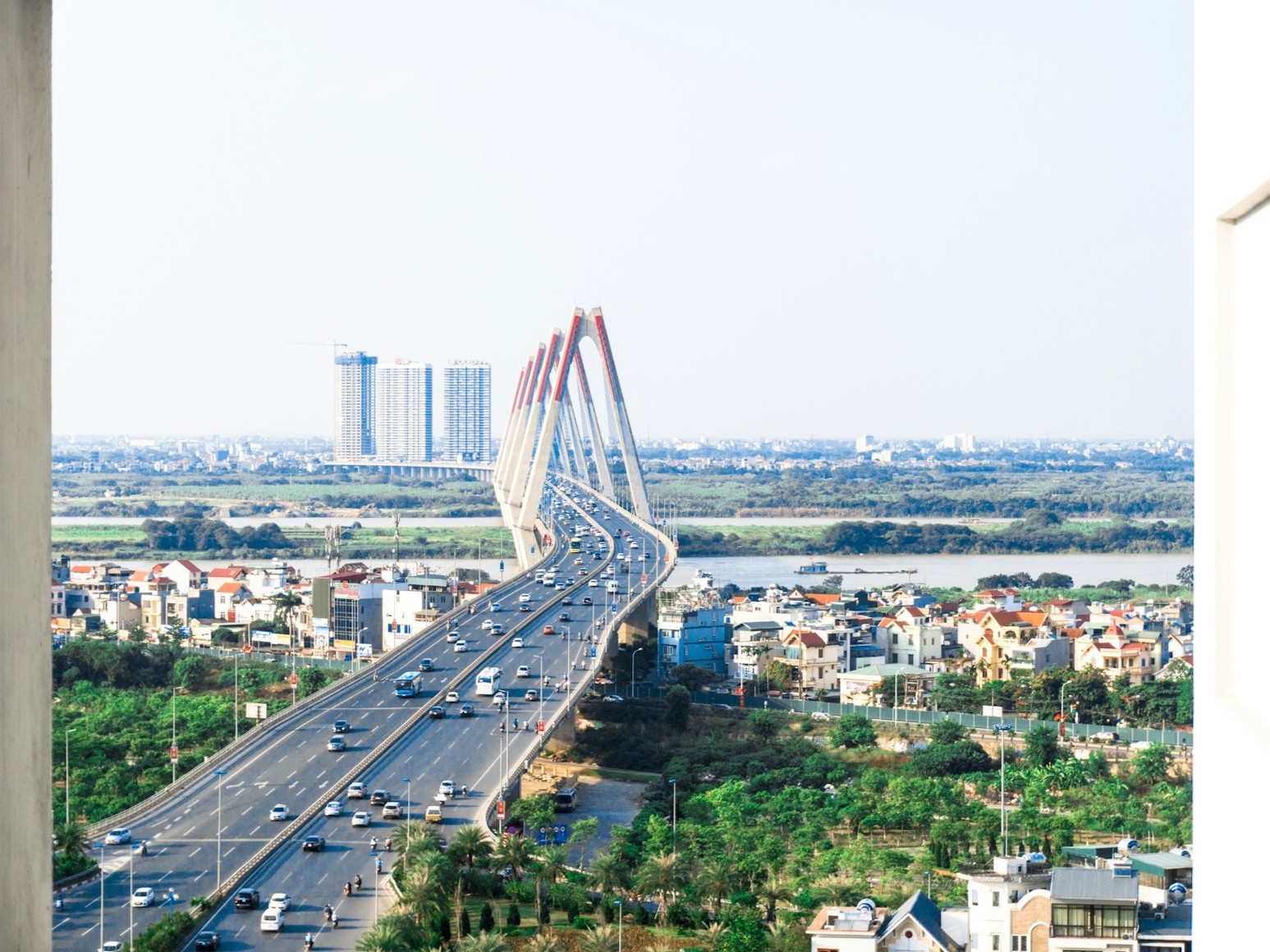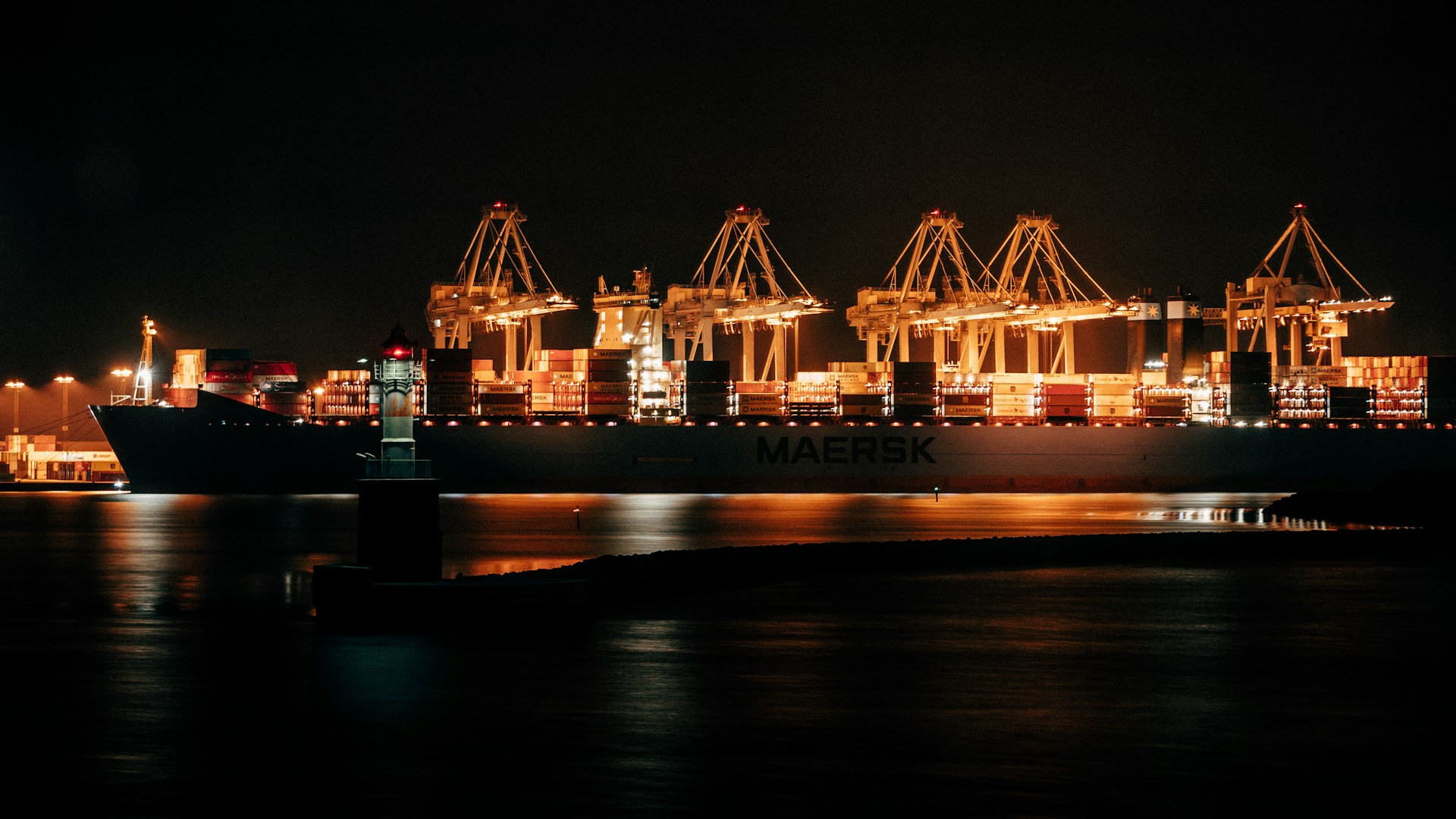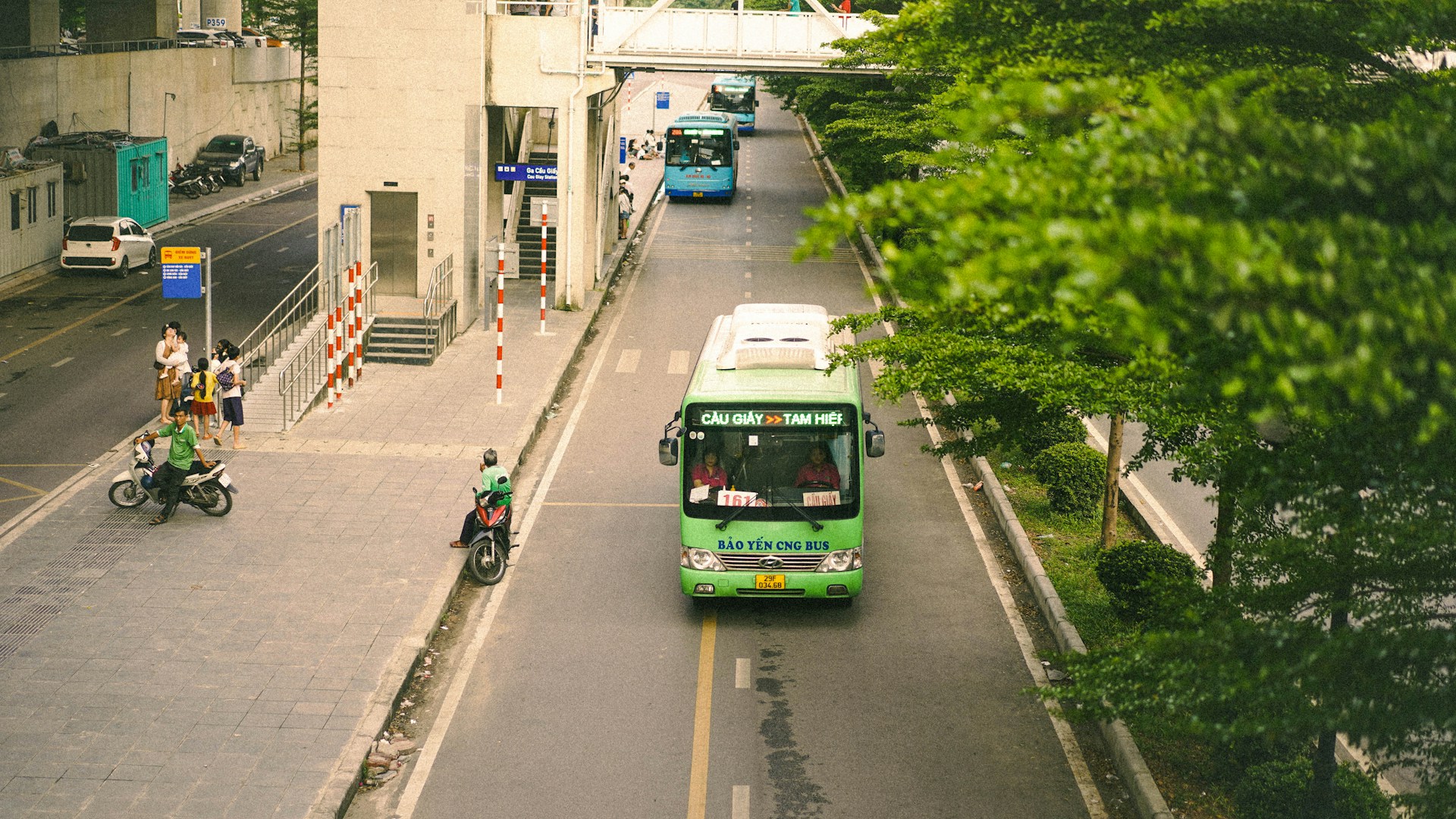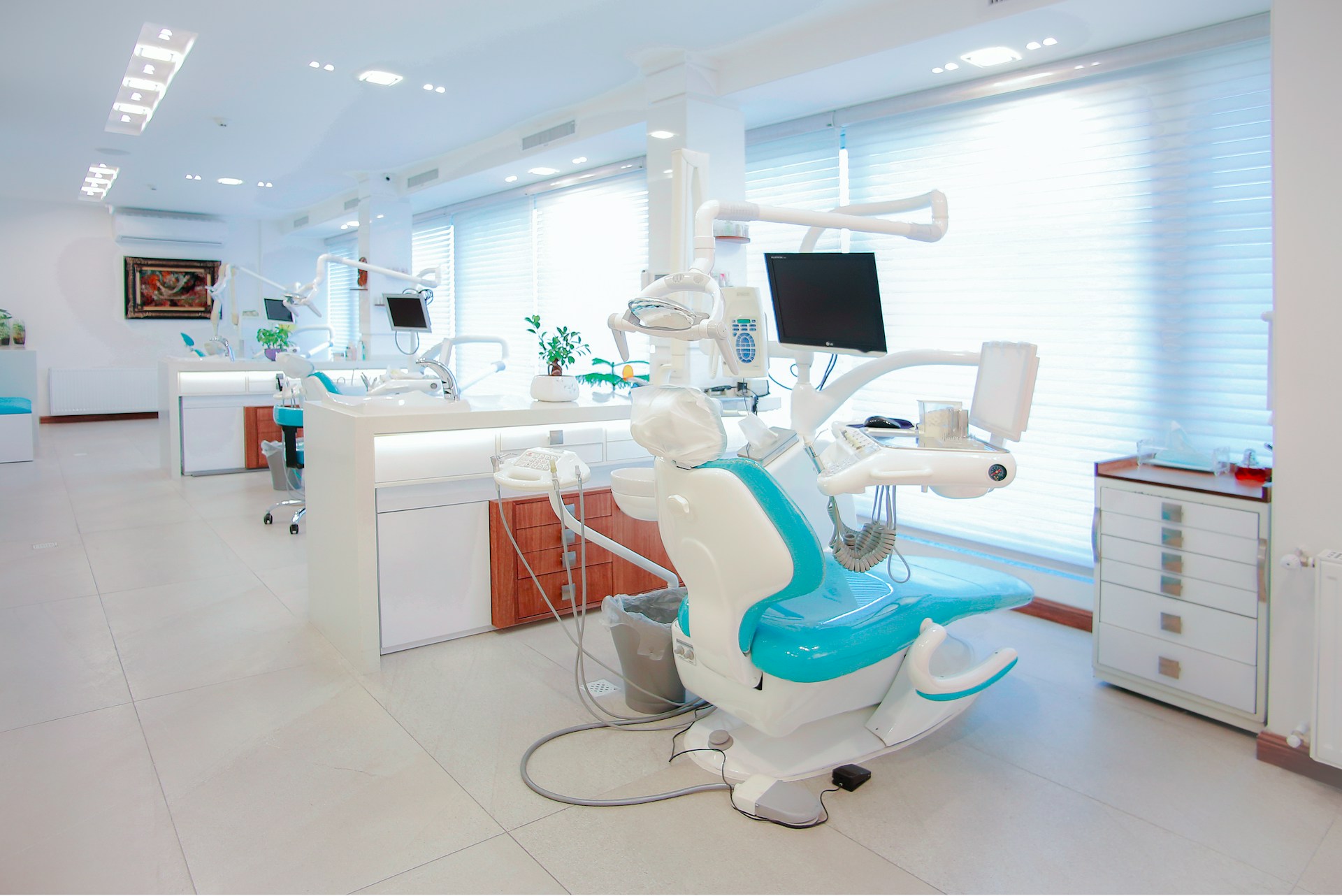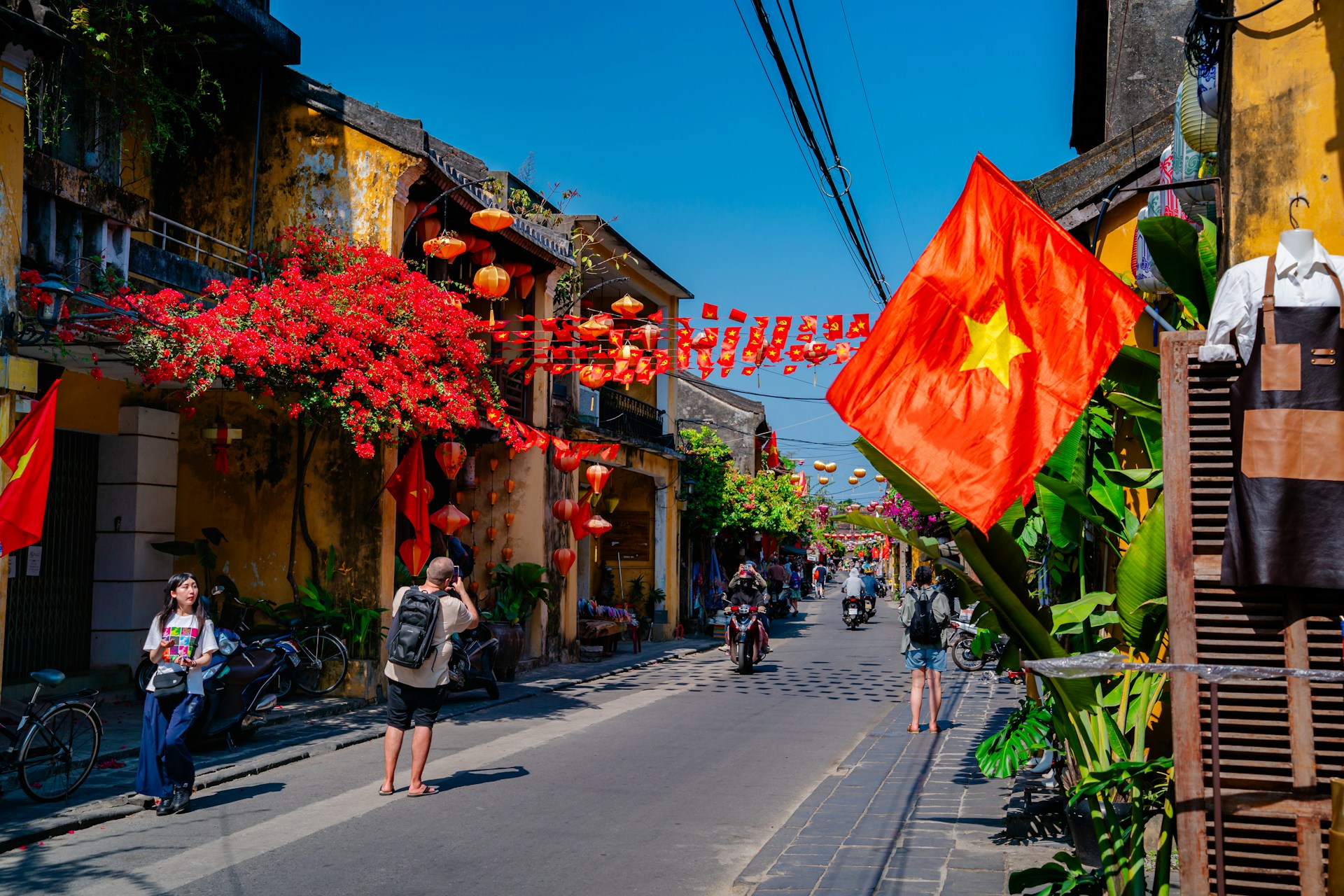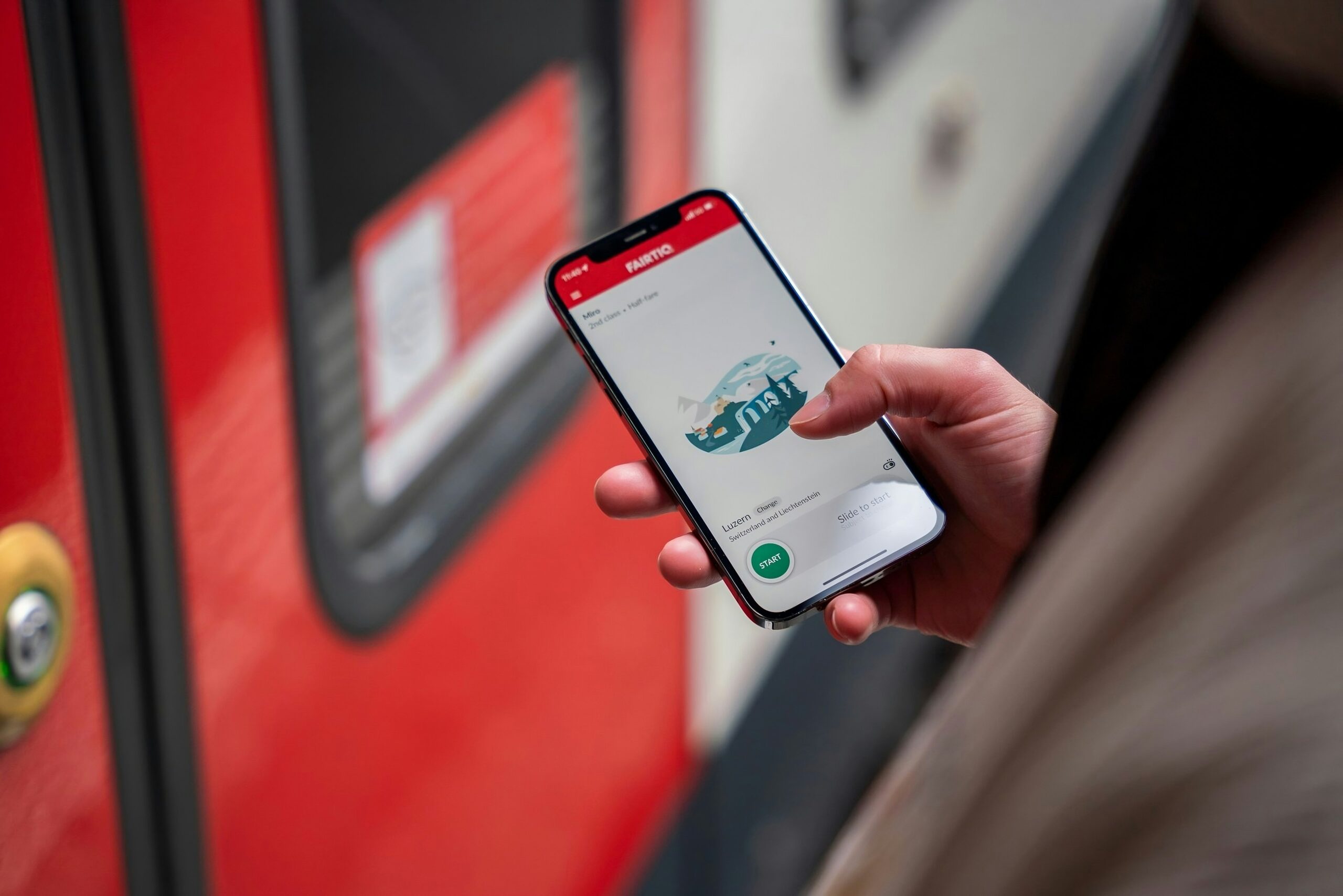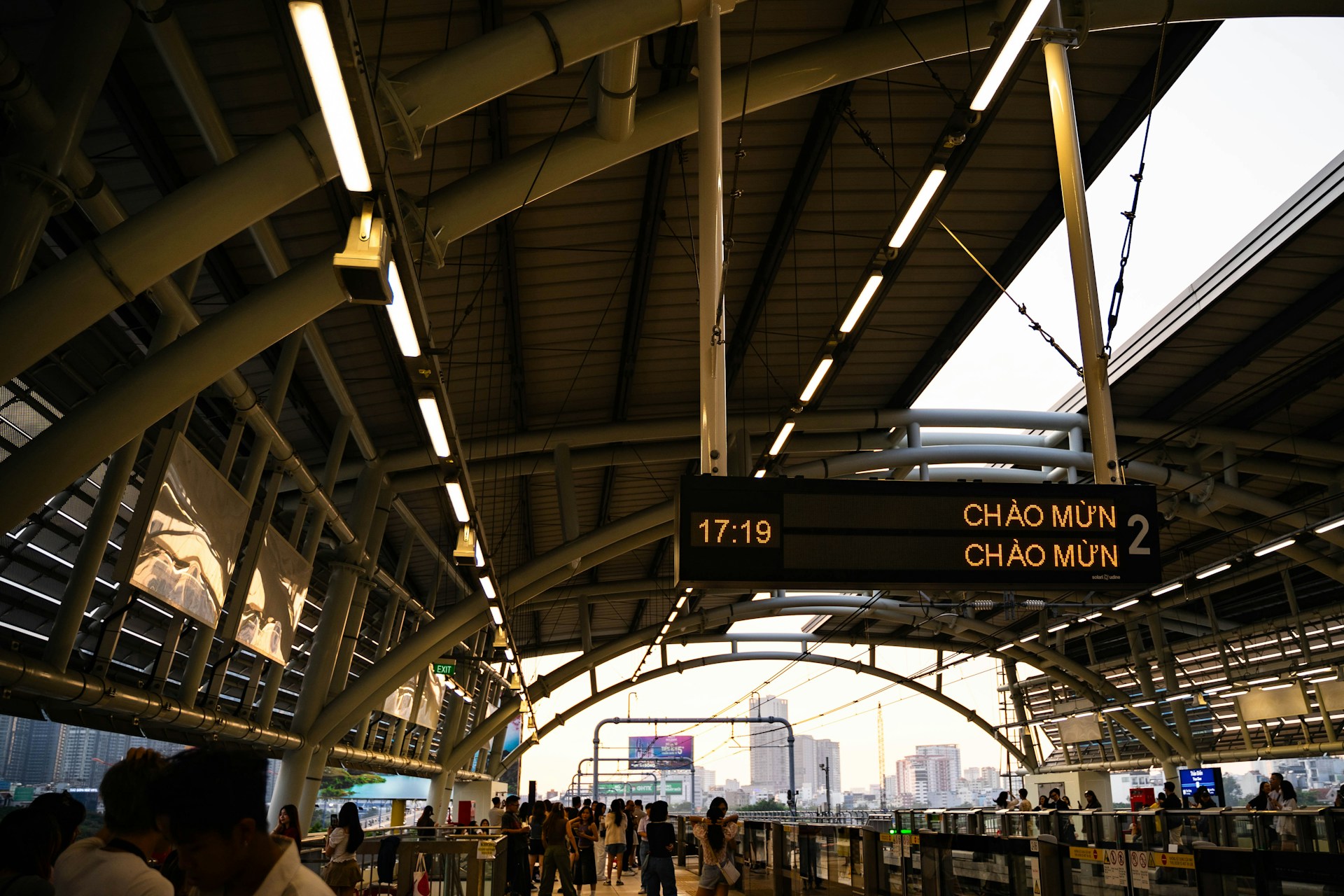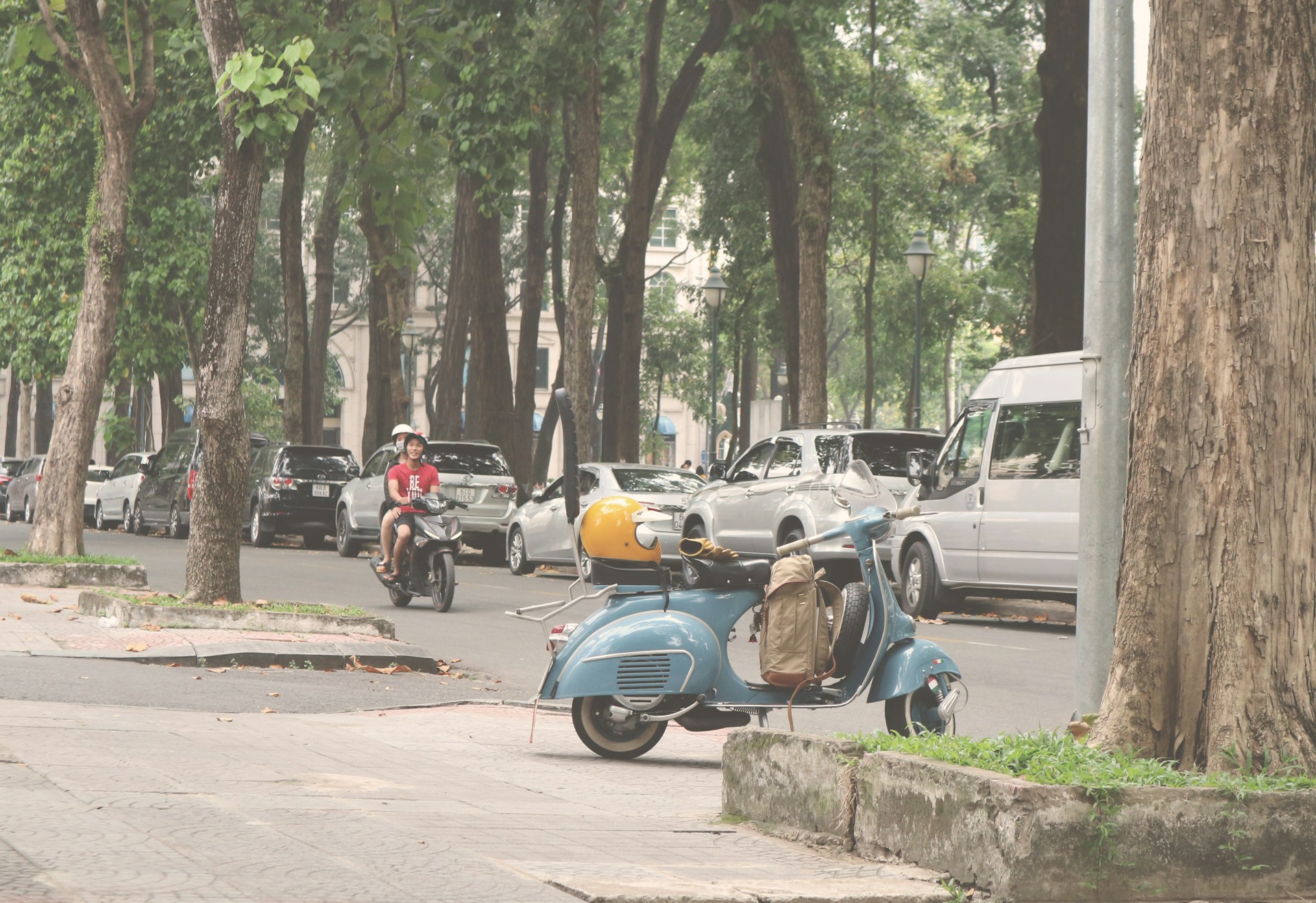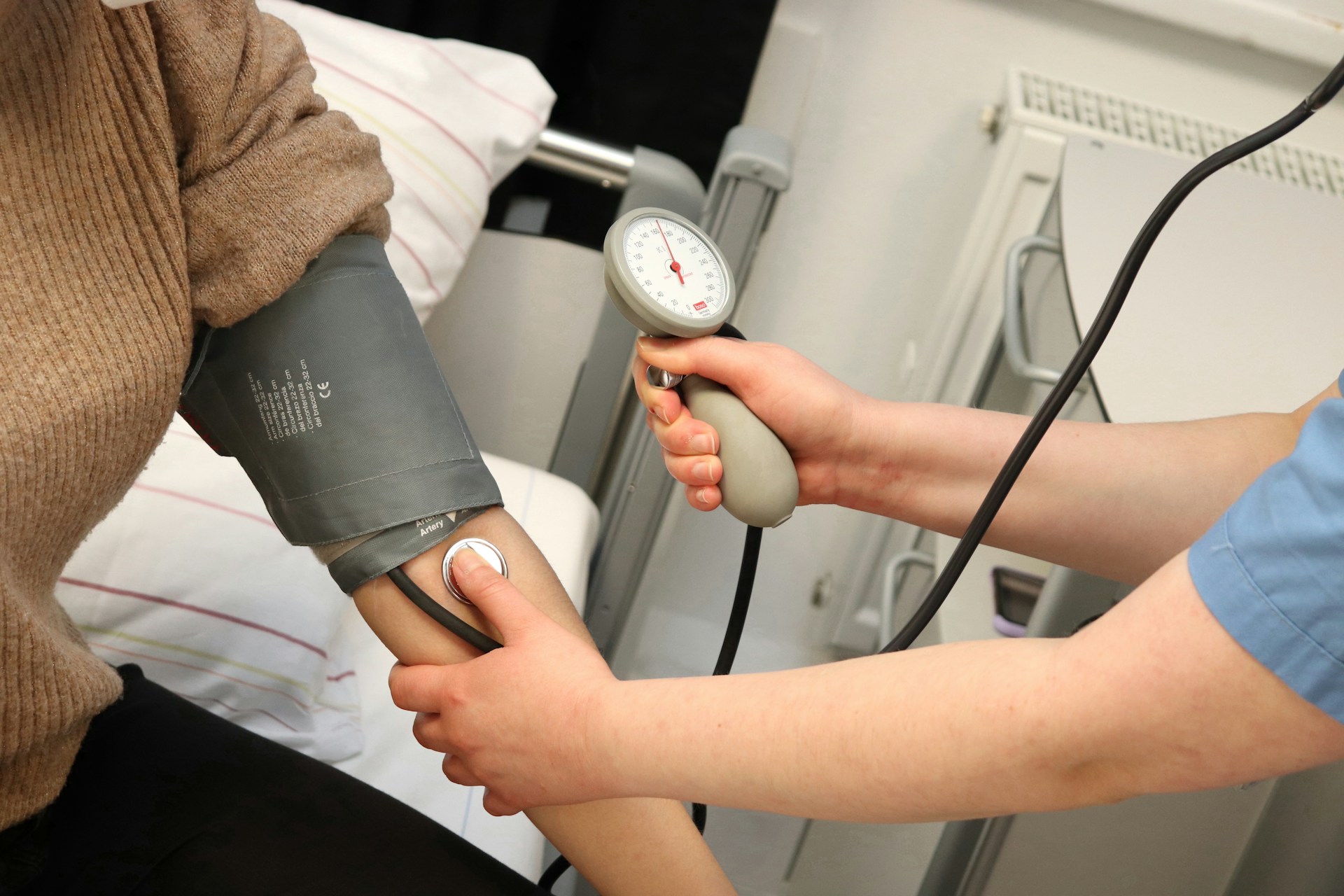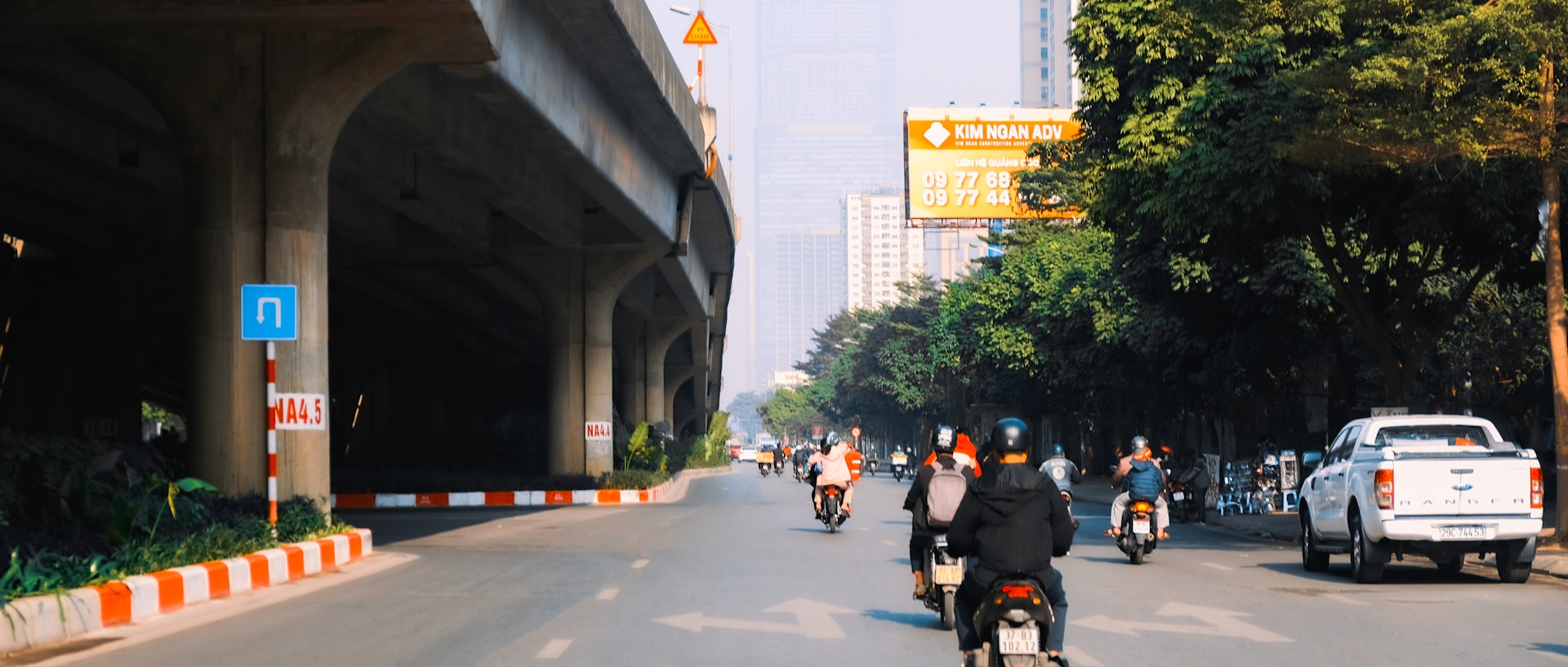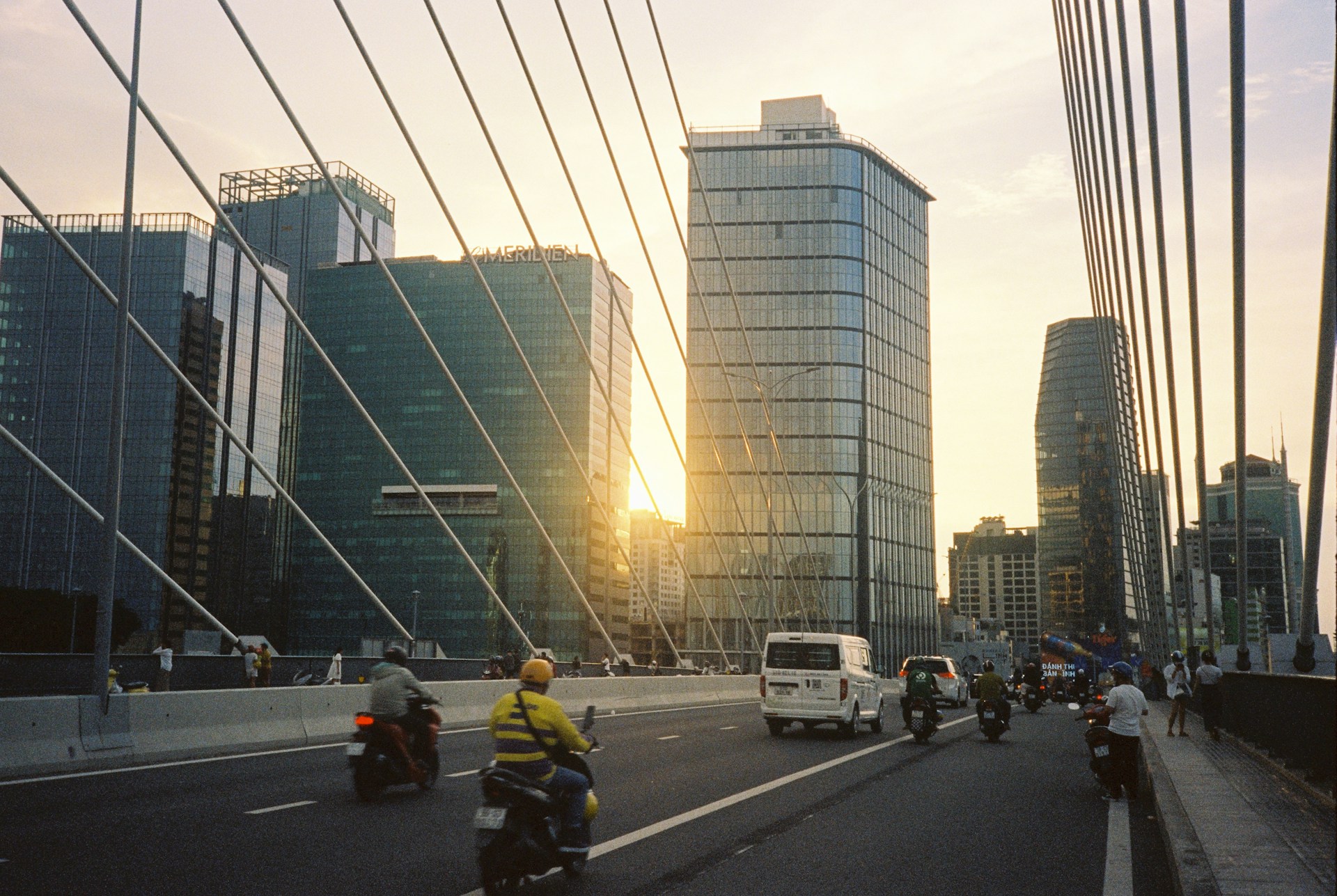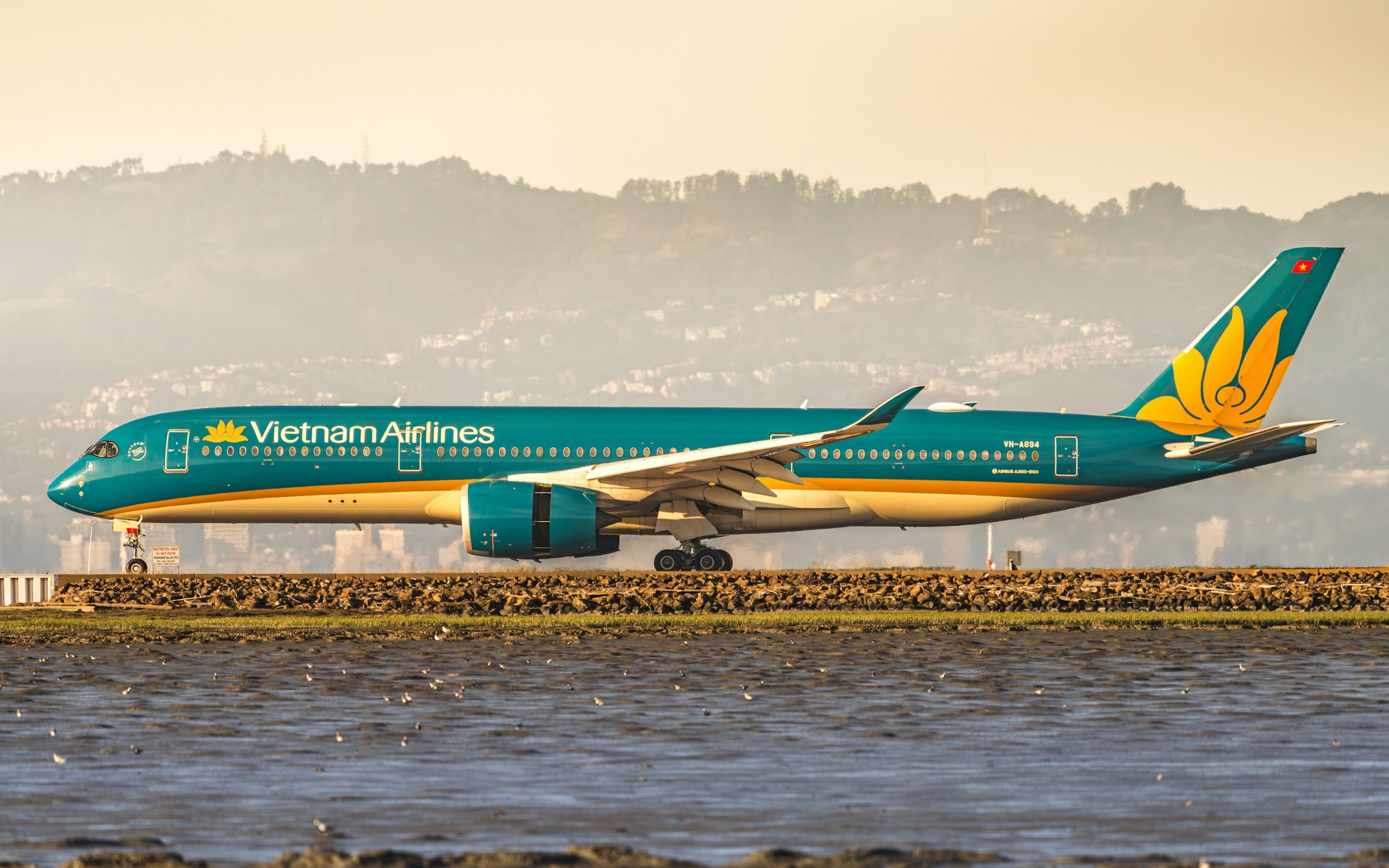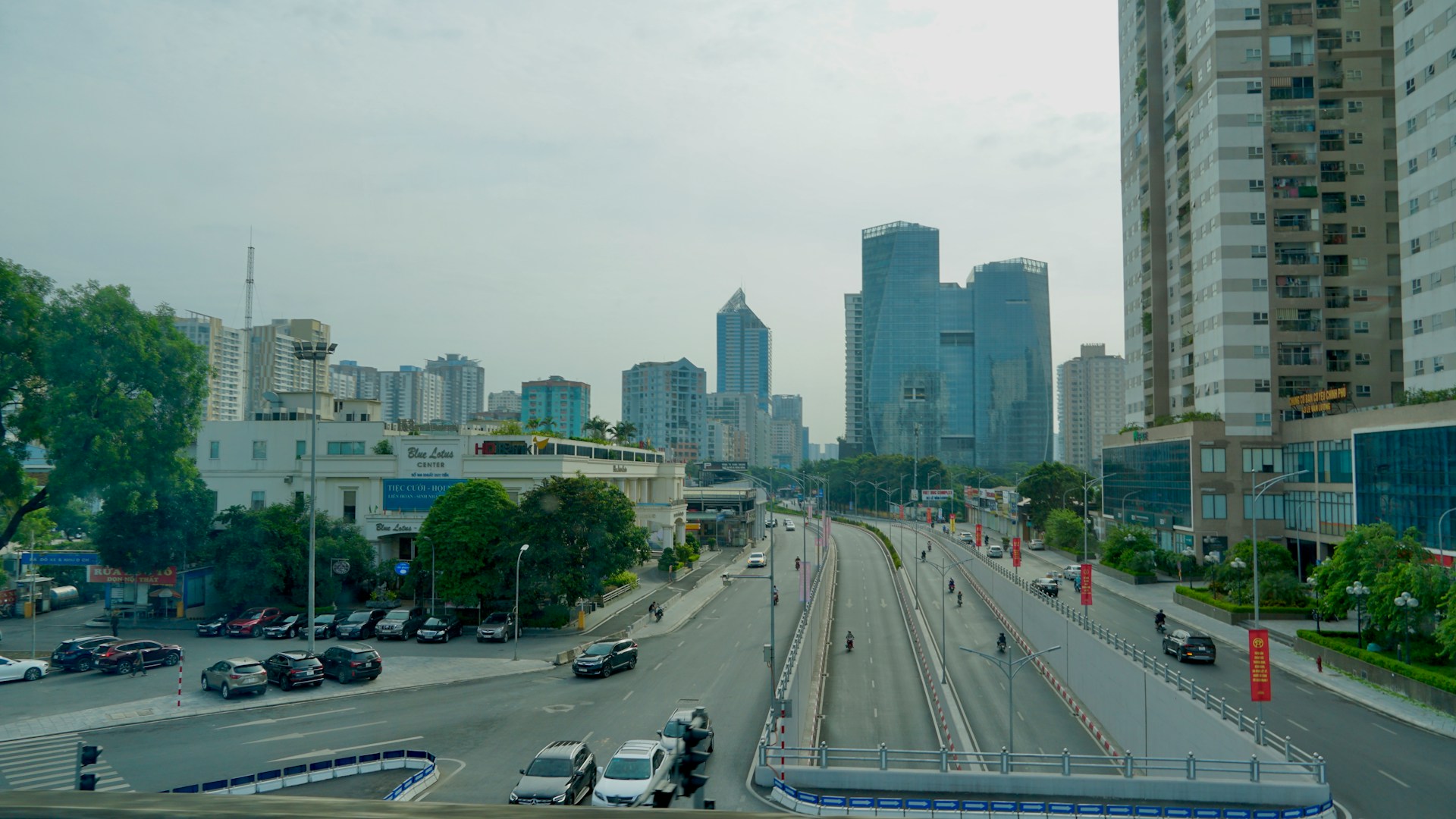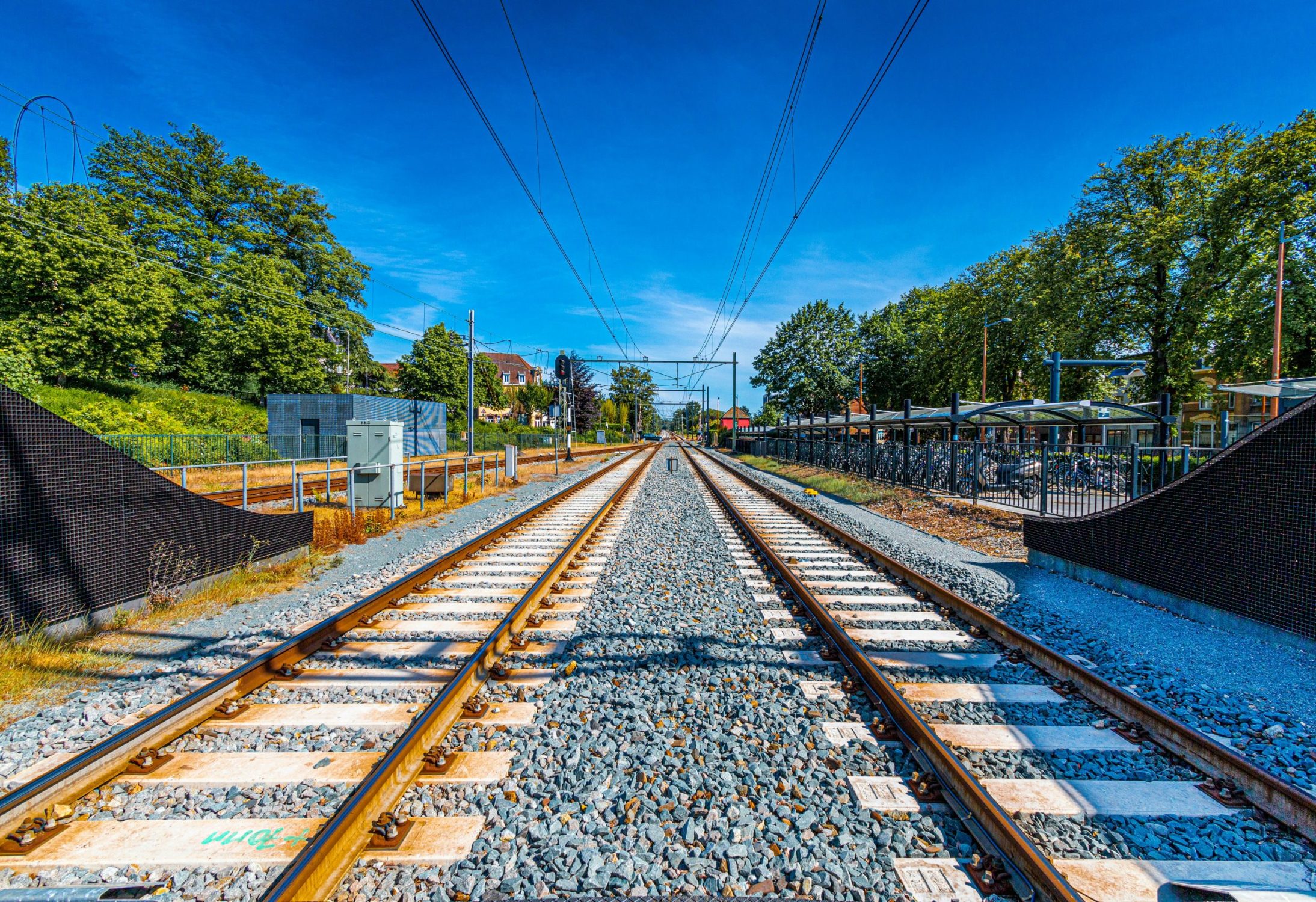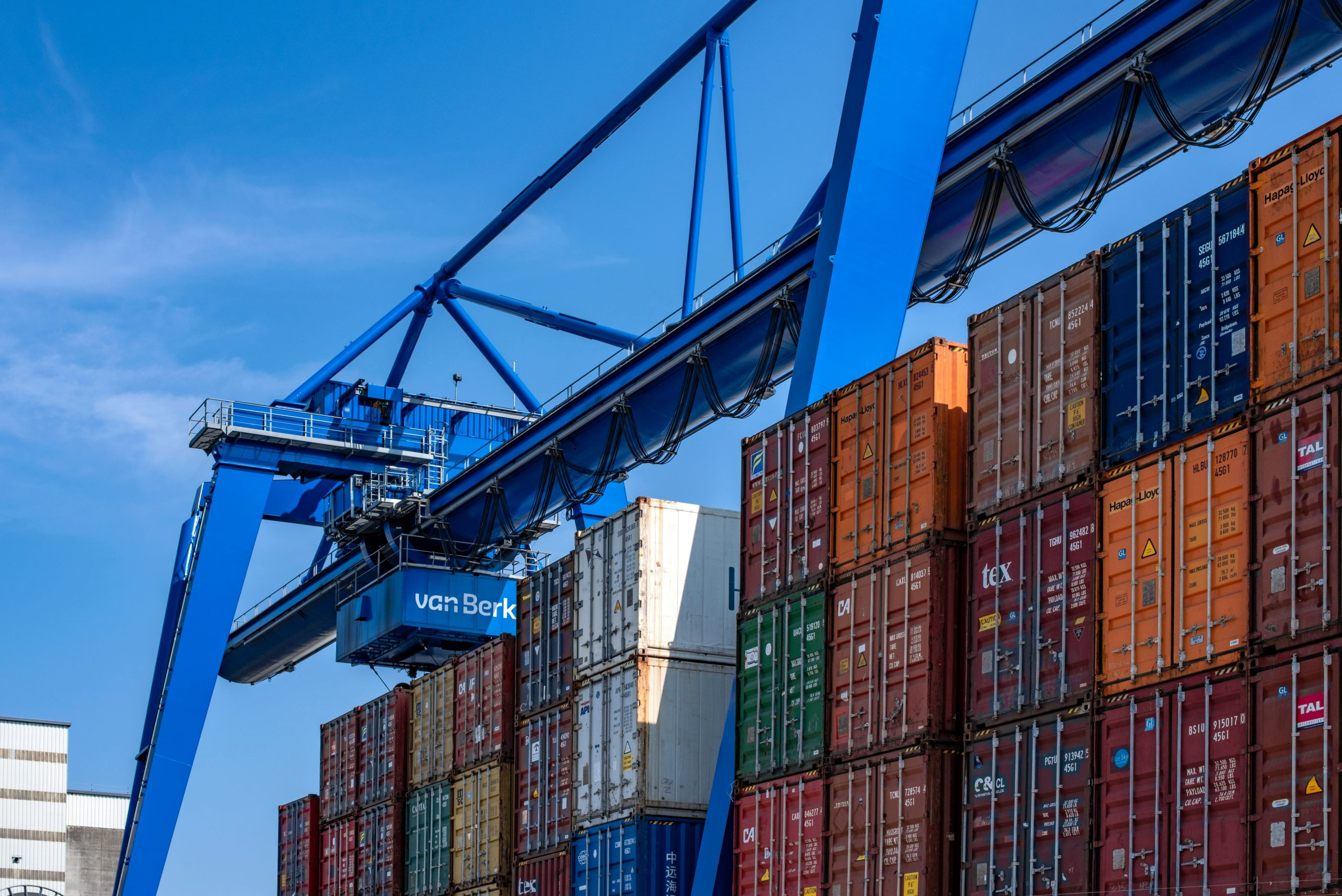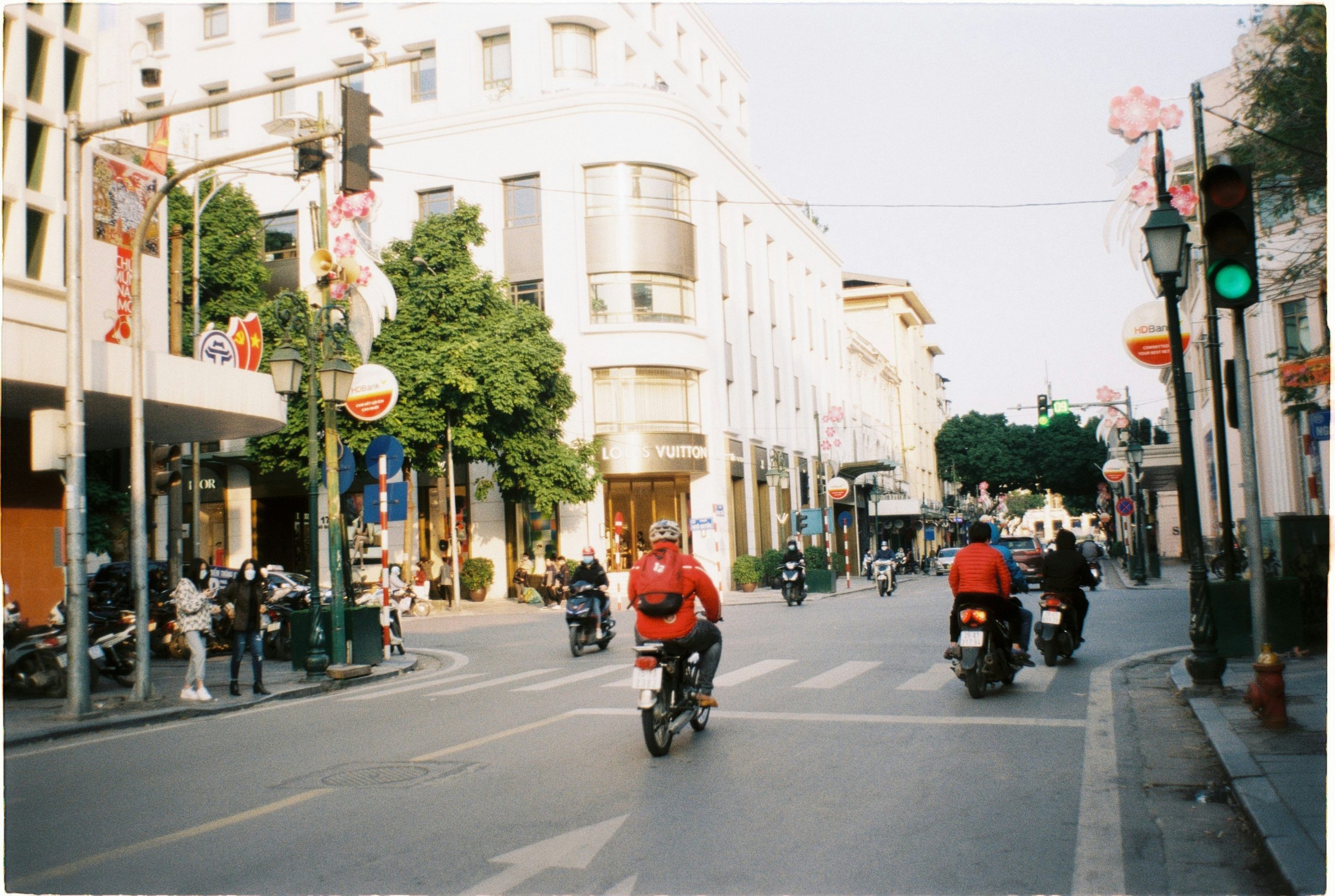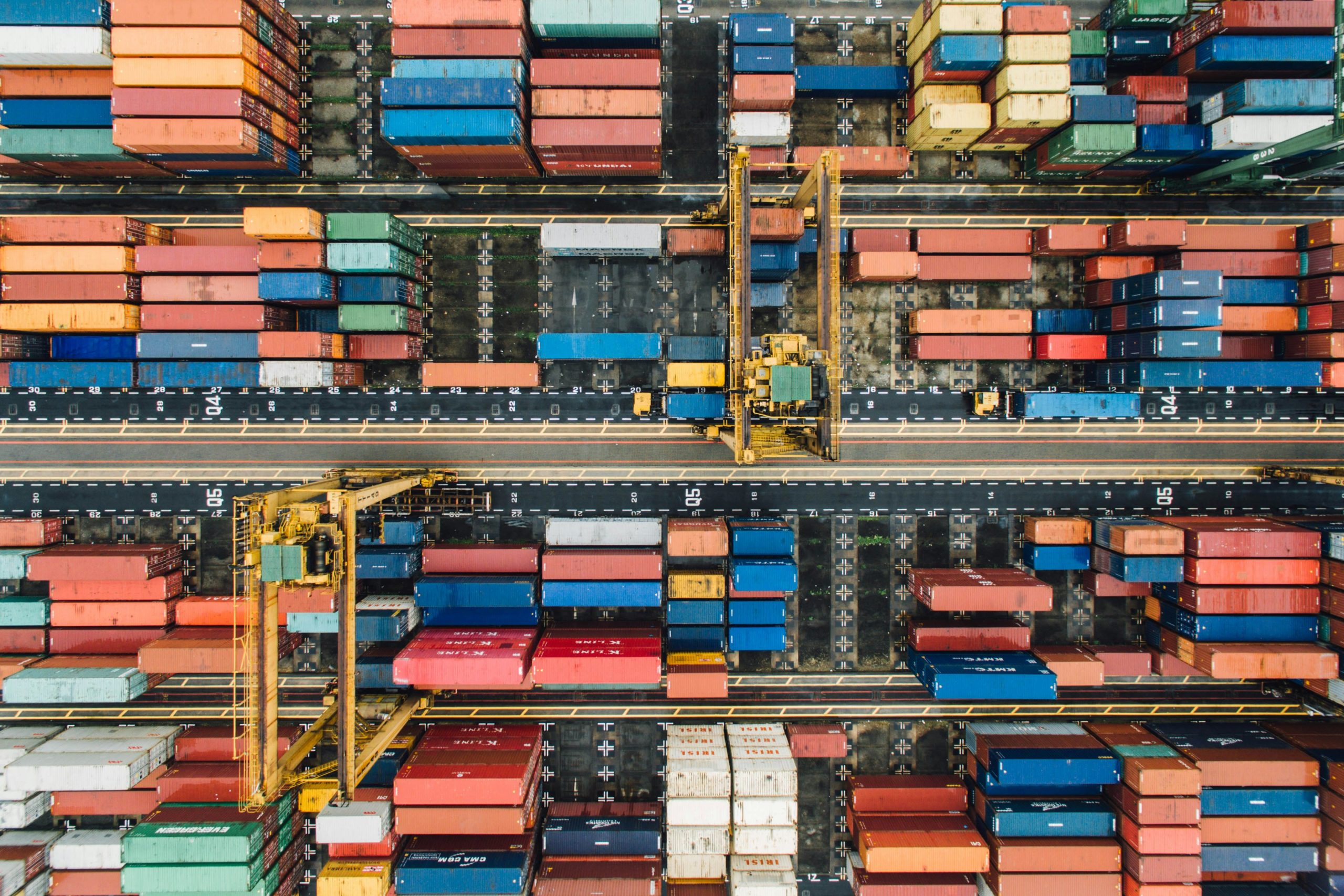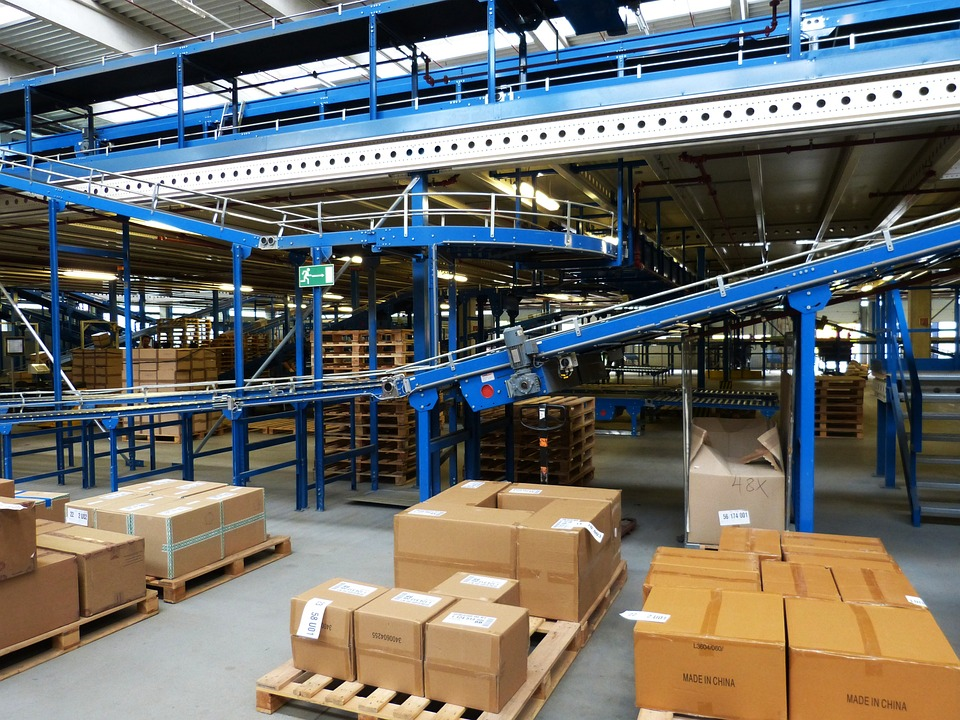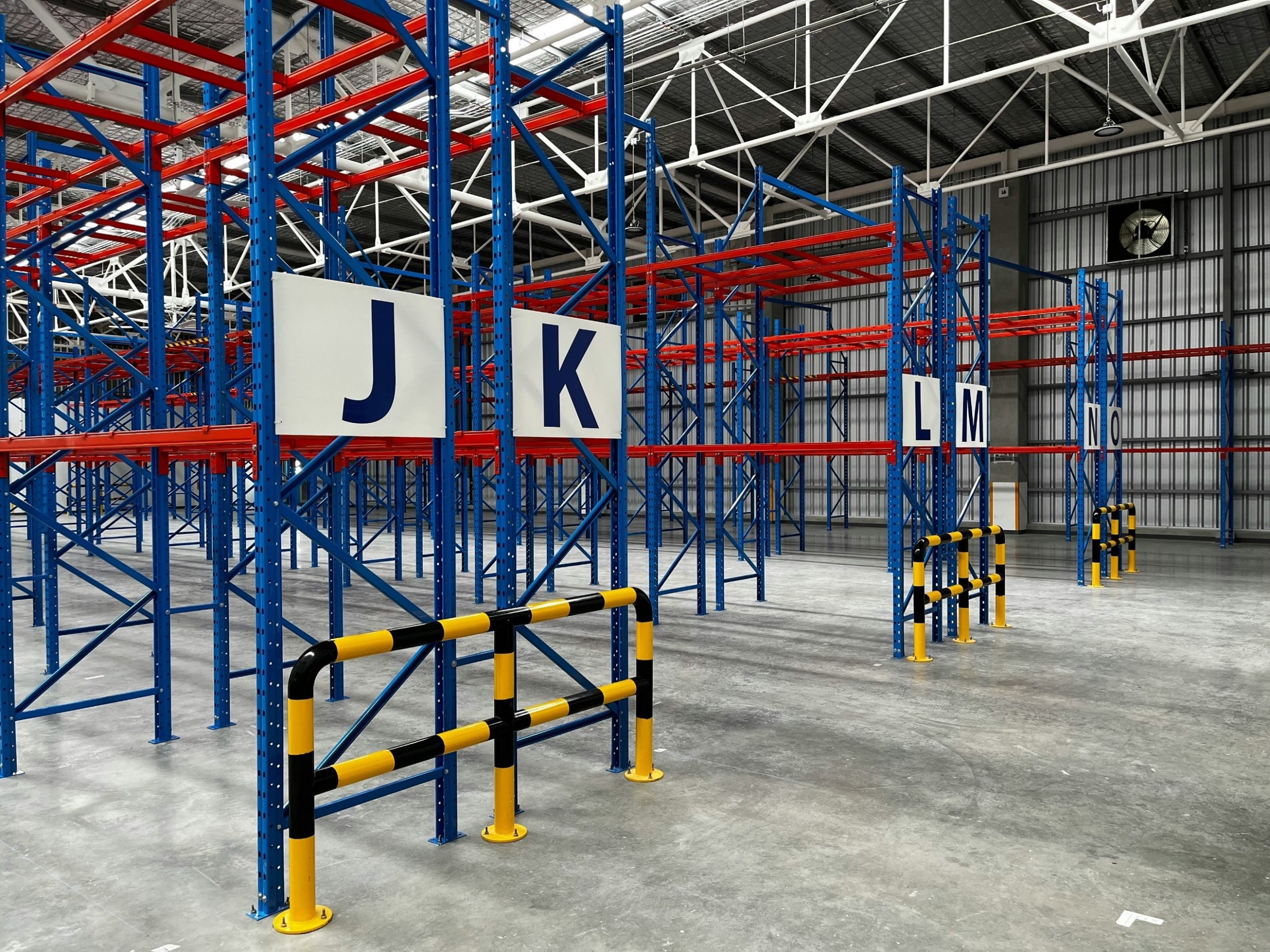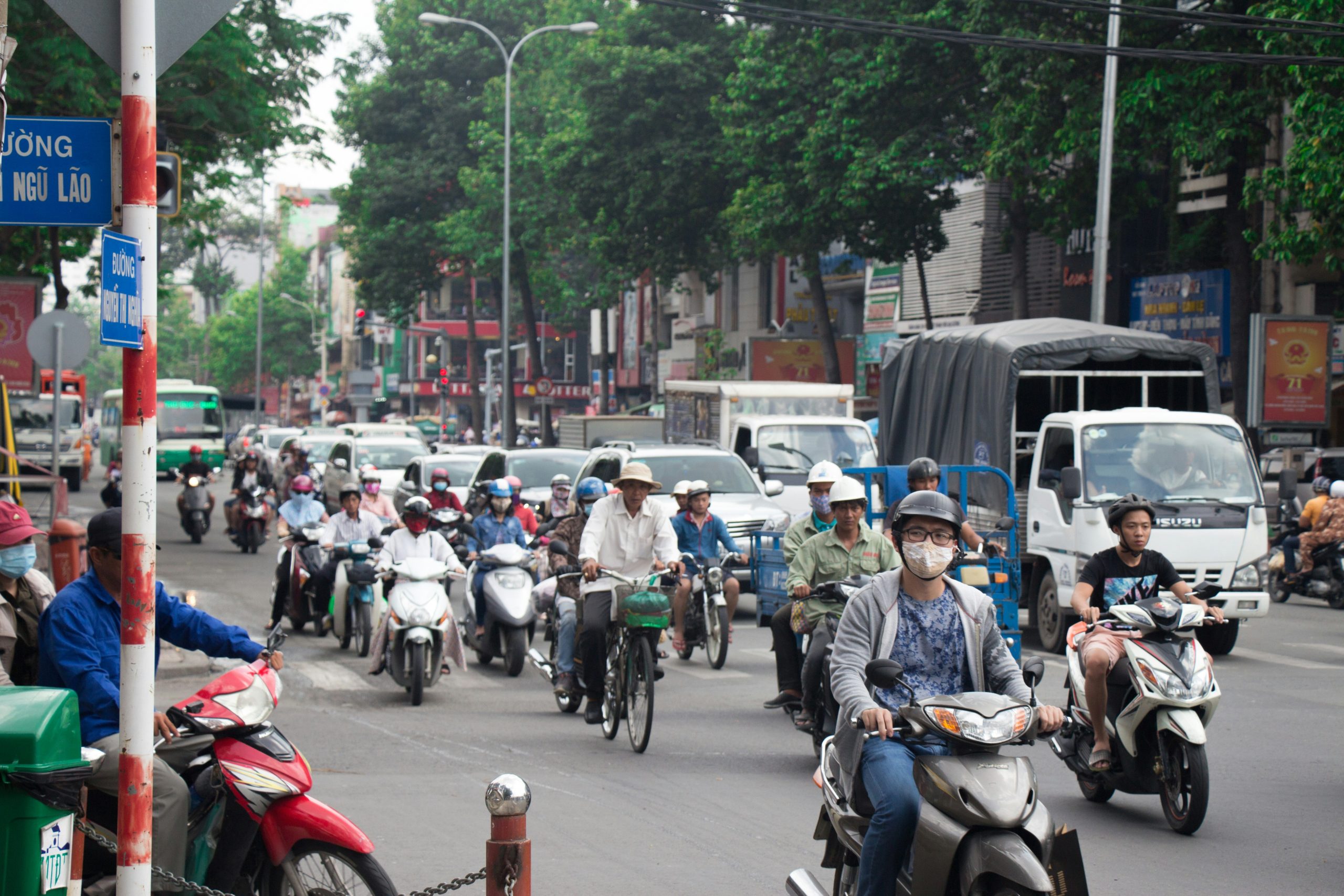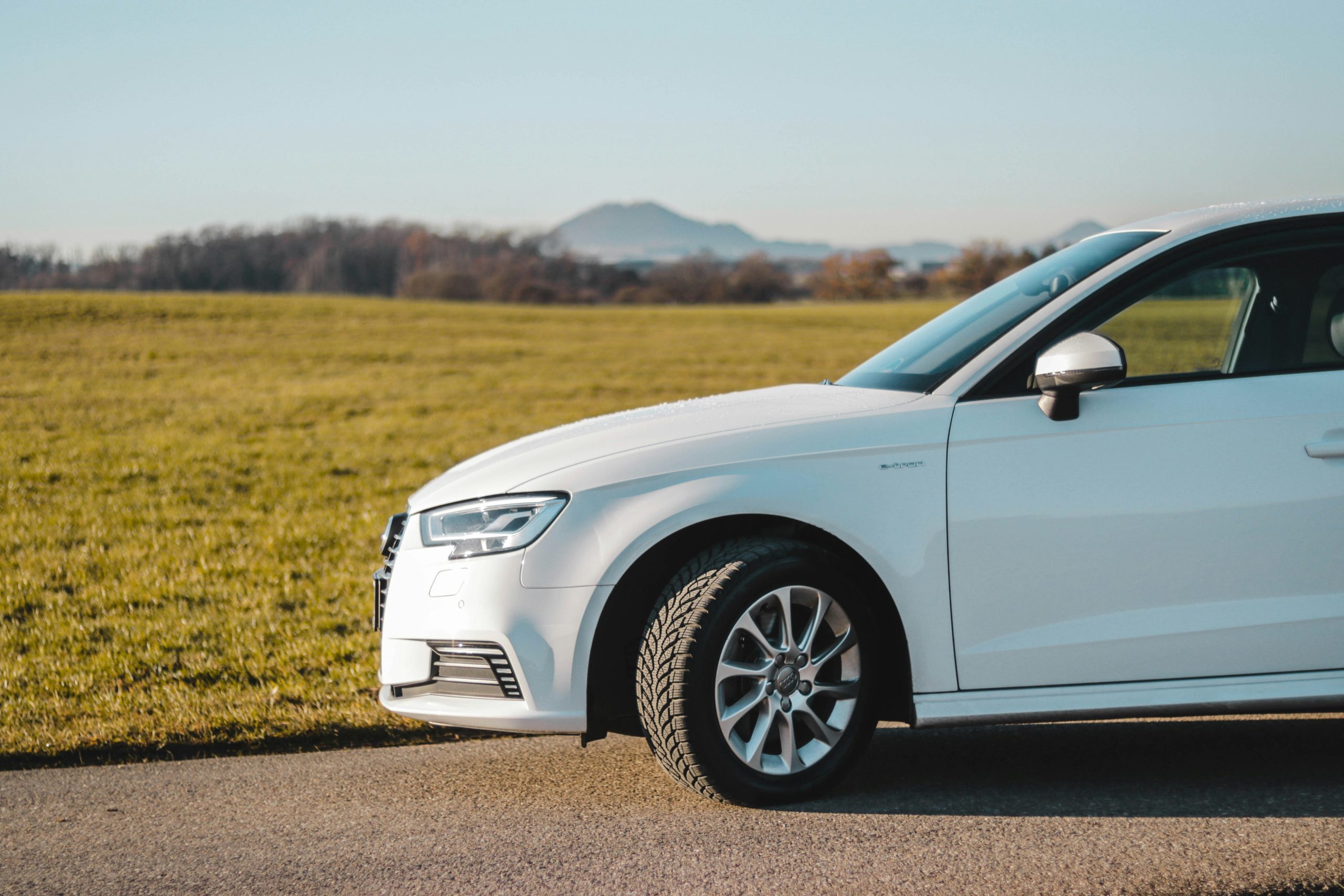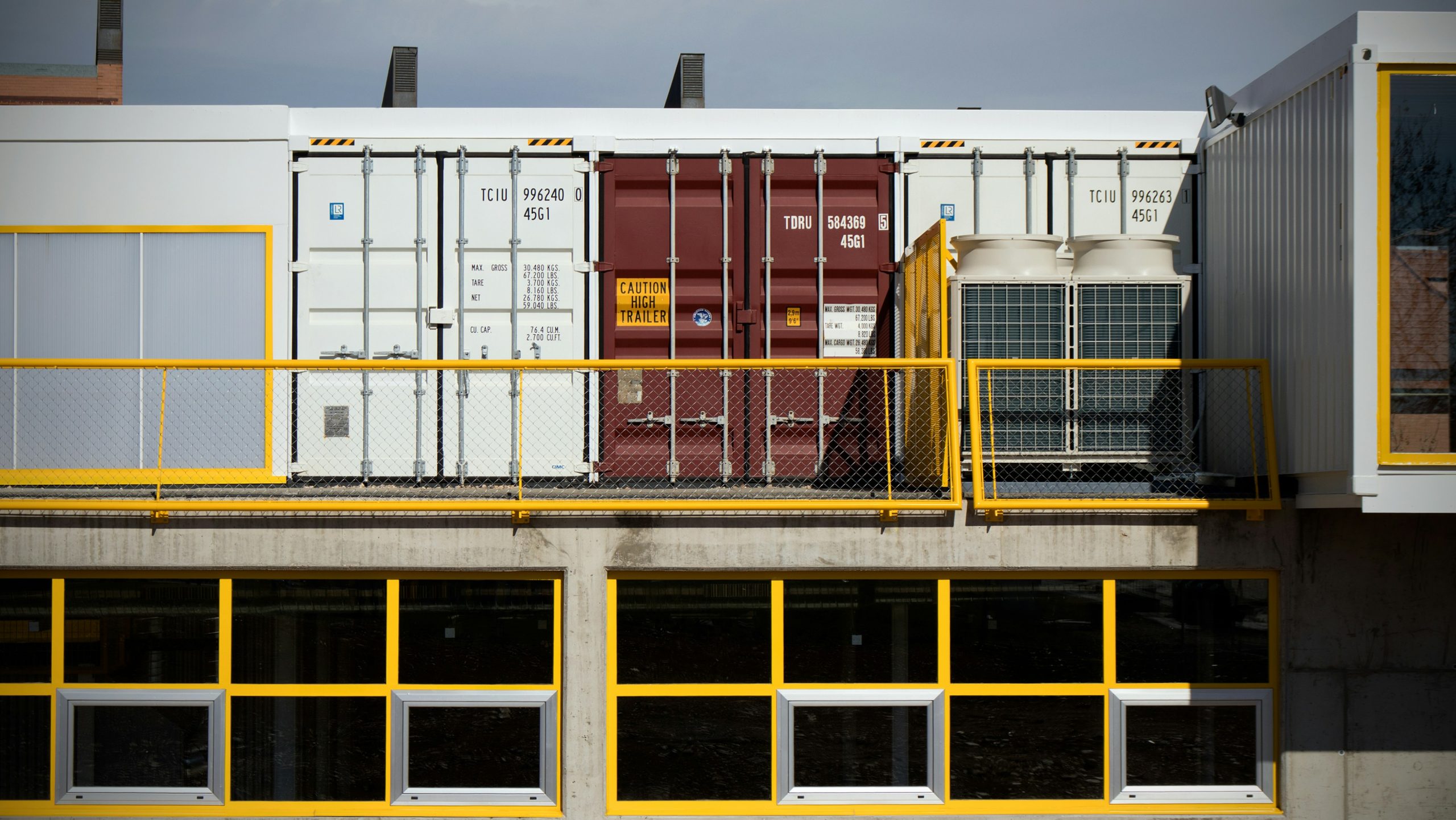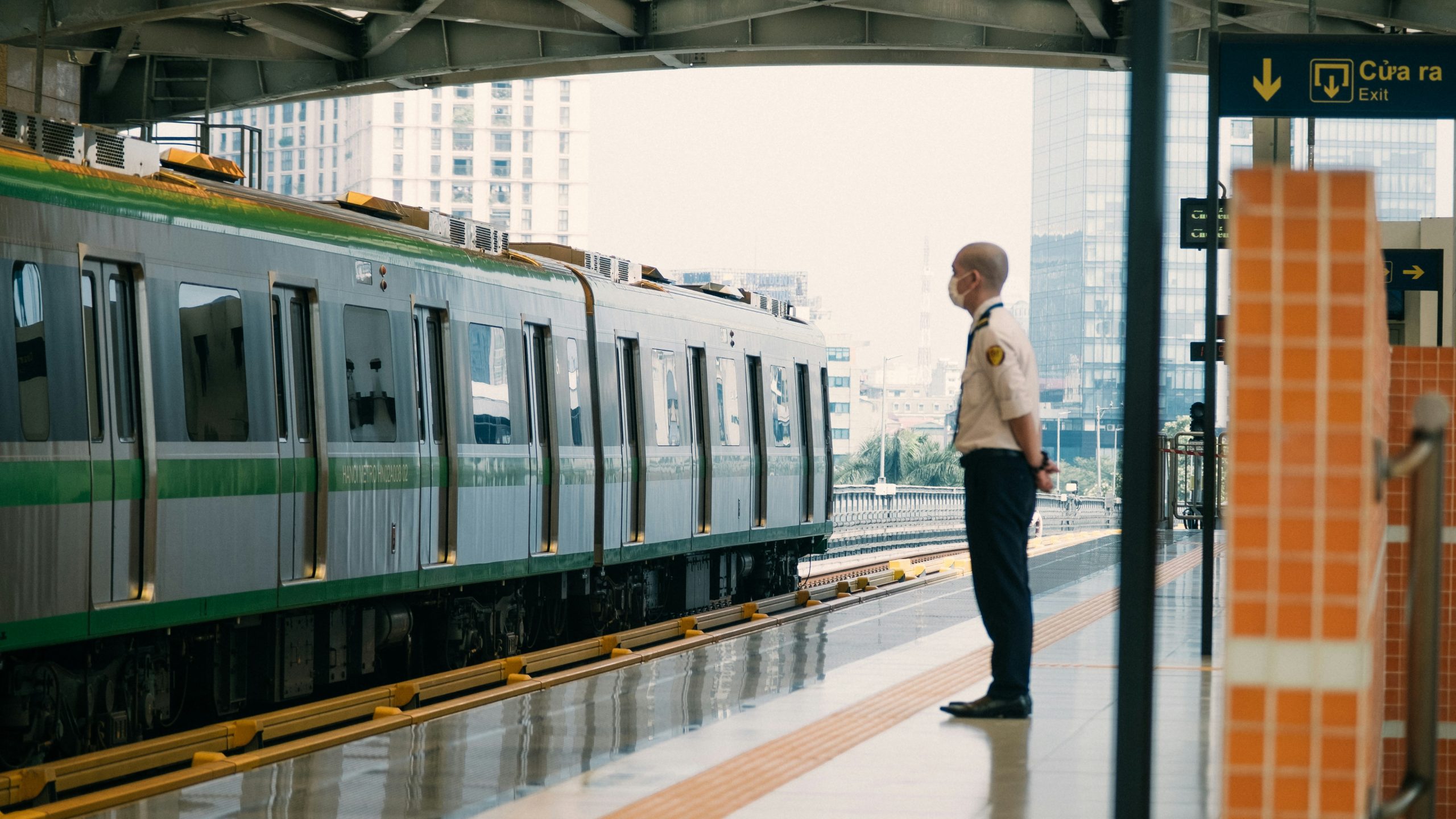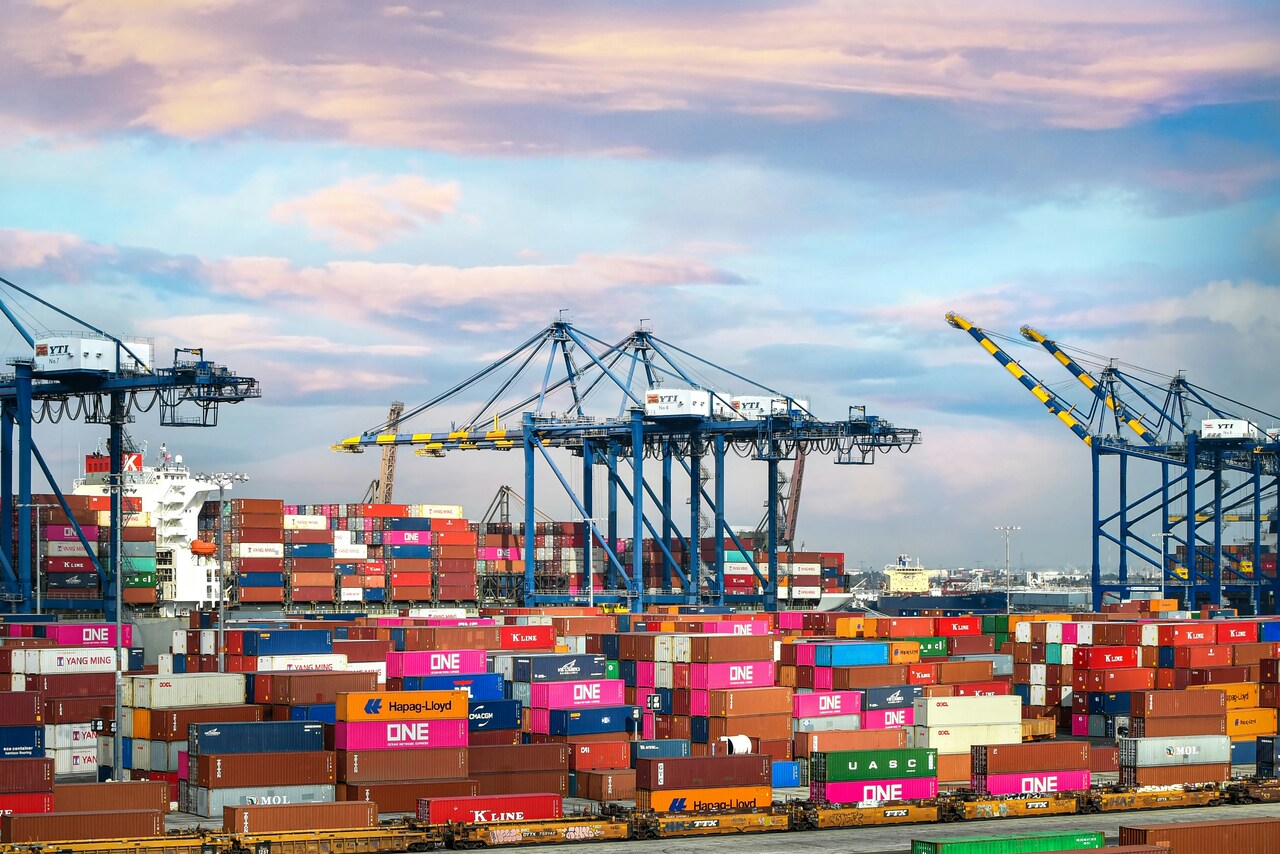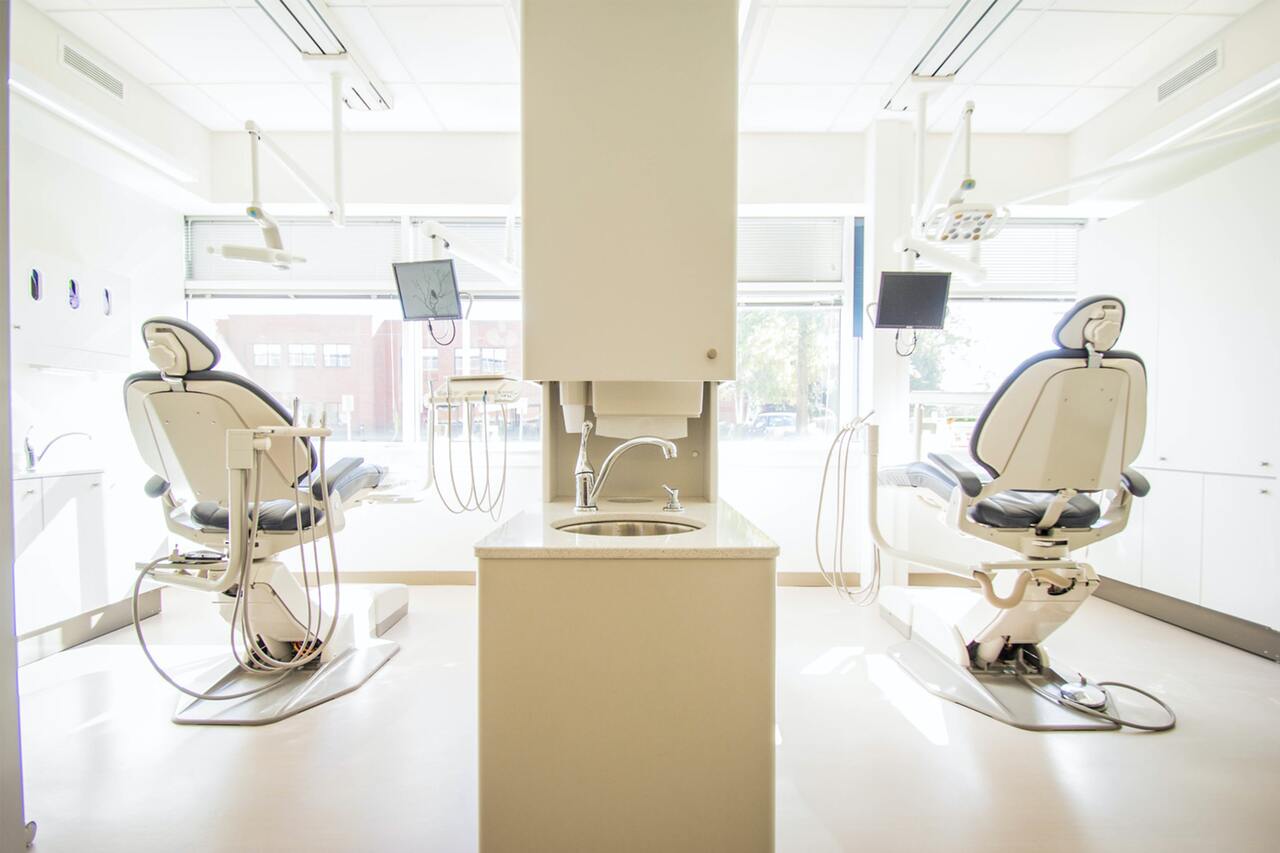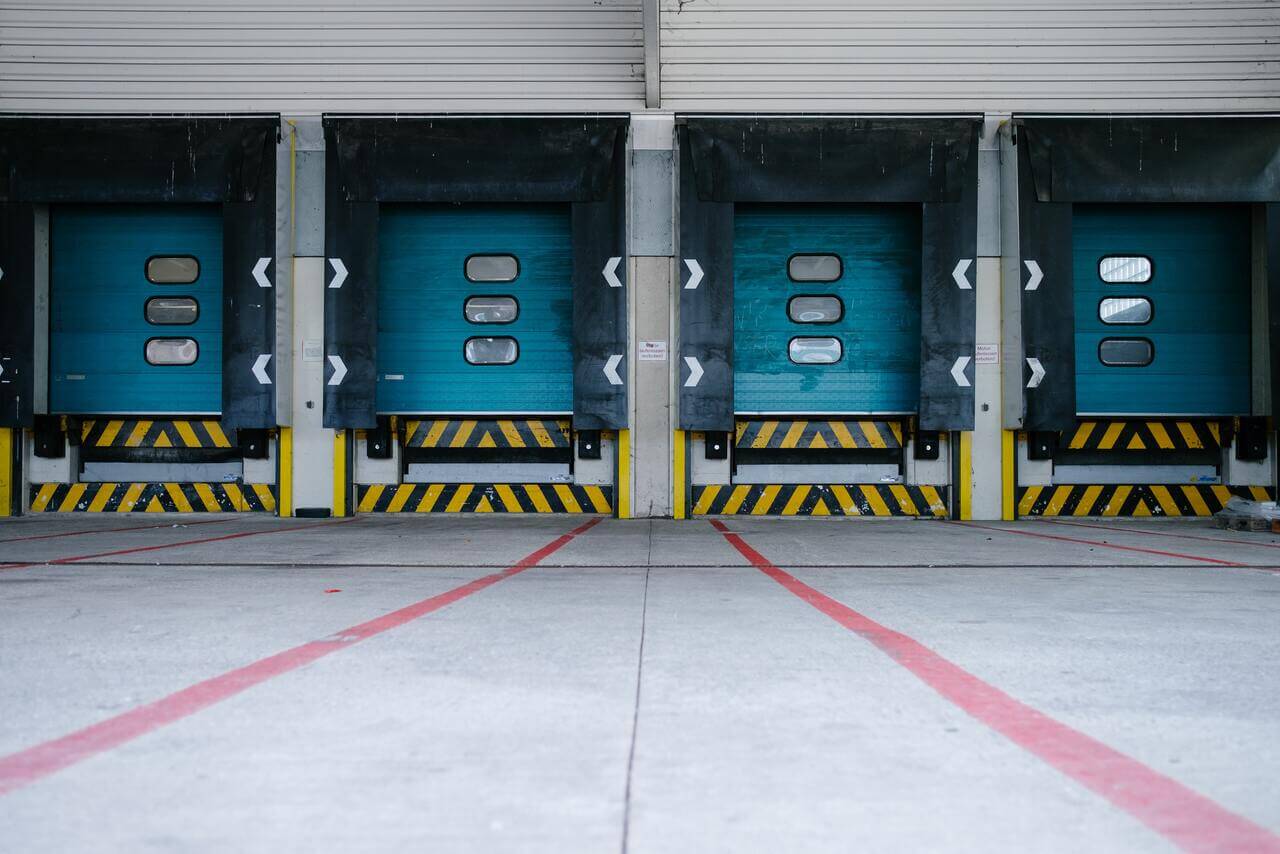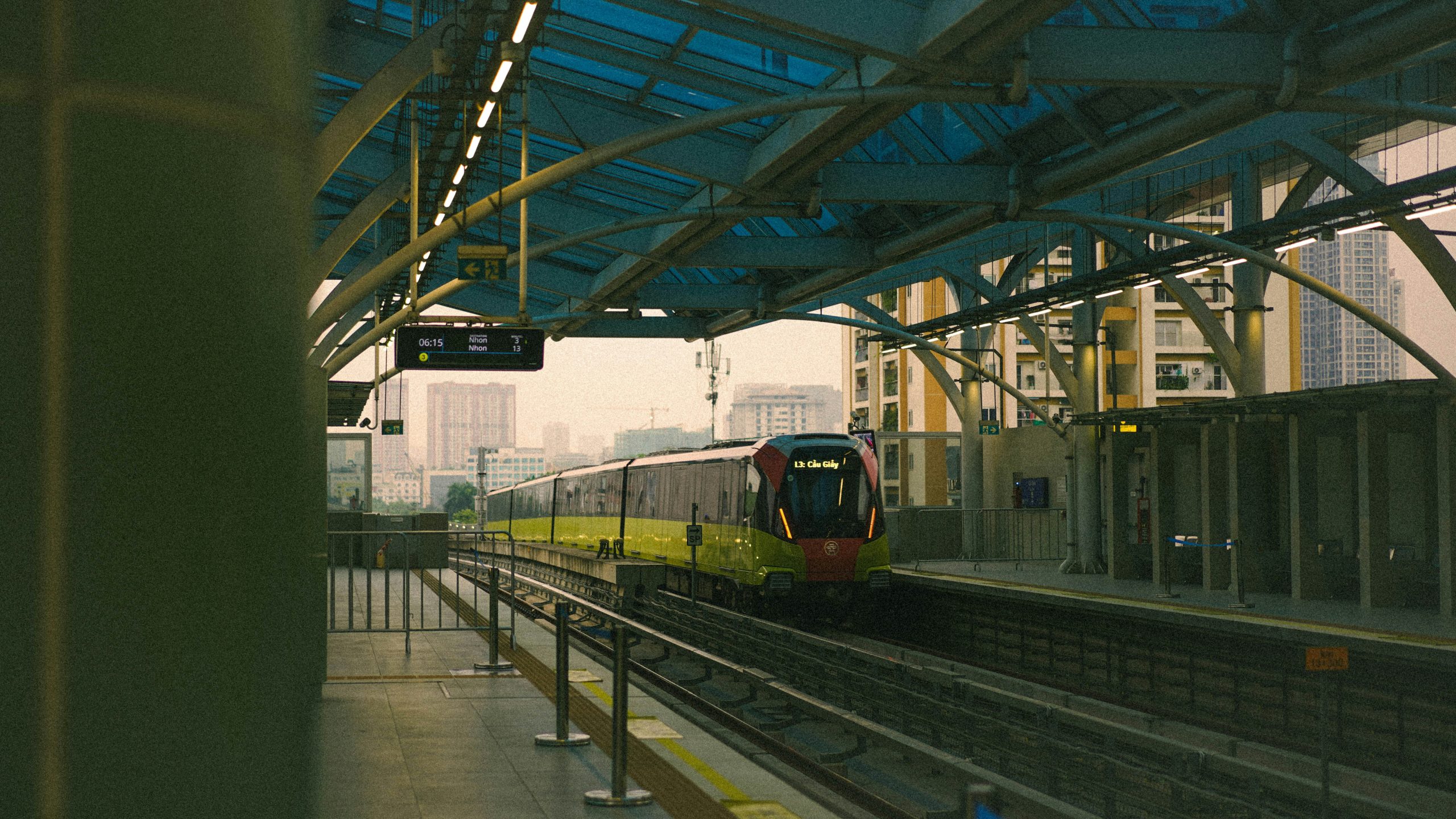
171월2025
최신 뉴스 및 보고서 / 베트남 브리핑
댓글: 댓글 없음.
호치민시의 지하철 1호선(벤탄-수오이띠엔)은 도시 교통 인프라 개발에 있어 혁신적인 단계를 나타냅니다. 이 도시의 첫 번째 지하철 시스템으로서 교통 체증을 완화하고, 연결성을 강화하며, 지속 가능한 도시 성장을 지원할 것을 약속합니다. 이 탐사는 프로젝트의 상태, 이동성에 대한 예상 영향, 그리고 이 지역의 대중 교통의 미래를 형성하는 데 있어서의 역할을 강조합니다.
호치민시의 도시 교통 인프라 현황
베트남 최대의 경제 중심지인 호치민시는 도시 교통을 관리하는 데 상당한 어려움에 직면해 있습니다. 현재 인프라는 1,000만 명이 넘는 주민의 이동성 수요를 충족해야 하며, 주변 지방에서 유입되는 인구는 말할 것도 없습니다.
주요 교통 수단에는 오토바이, 버스, 자전거, 자동차가 있습니다. 그러나 대부분의 차량을 구성하는 오토바이에 대한 과도한 의존으로 인해 심각한 교통 체증이 발생했습니다. 2023년 말 현재 이 도시에는 약 1,000만 대의 등록 차량이 있으며, 여기에는 760만 대 이상의 오토바이와 70만 대의 자동차가 포함됩니다. 또한 주변 지역에서 매일 200만 대 이상의 차량이 도시로 들어오면서 교통망이 더욱 어려워지고 있습니다.[1]
호치민시의 대중교통은 주로 버스, 택시, 오토바이 택시, 승차 공유 서비스로 구성되어 있으며, 버스가 가장 널리 이용됩니다. 버스가 인기가 있음에도 불구하고, 이 도시는 교통 체증과 제한된 인프라로 어려움을 겪고 있습니다. 지하철 1호선은 이런 종류의 첫 번째 노선으로, 이 도시의 대중교통 개발에 중요한 이정표를 세울 것입니다.
Modes of transportation during rush hours in Ho Chi Minh City
출처: Thanh Niên 신문
지하철 1호선: 벤탄-수오이띠엔 2024년 12월 22일부터 운행 시작
지하철 1호선 벤탄-수오이띠엔의 시행은 호치민시의 도시 교통 인프라를 개선하는 데 큰 진전입니다. 19.7km 길이의 지하철 노선은 도심과 투덕, 하이테크 파크, 수오이띠엔 관광 지역과 같은 교외 지구를 연결합니다. 이 노선은 3개의 지하철역과 11개의 고가역을 포함하여 14개의 역으로 설계되었으며, 최대 속도는 110km/h(고가) 및 80km/h(지하)입니다.[2]
호치민시 지하철 1호선 승객은 편도, 1일권, 3일권, 월권 등 다양한 티켓 옵션을 선택할 수 있습니다. 편도 티켓은 결제 방법과 거리에 따라 6,000~20,000 VND이며, 월권은 300,000 VND이며, 학생은 50% 할인 혜택을 받습니다. 1일권과 3일권은 각각 40,000 VND와 90,000 VND로 무제한으로 이용할 수 있습니다. 또한 장애인과 노인 승객은 도시 정책에 따라 티켓 요금이 면제됩니다. [3]이 노선이 운행되면 매일 약 20만 명의 승객이 이용할 수 있을 것으로 예상되며, 교통체증이 완화되고 도시 환경이 개선될 것으로 보입니다.
Image of a train on Metro Line 1
출처: baogiaothong.vn
호치민시의 미래 교통 개발 계획
앞으로 호치민시는 교통 인프라를 야심차게 확장할 계획이며, 2035년까지 총 355km에 달하는 7개 도시 철도 노선을 건설하고 $400억을 초과하는 투자를 목표로 합니다. 이 계획은 2045년까지 도시의 510km 지하철 네트워크의 완성을 앞당깁니다.
버스의 경우, 2026년까지 모든 운행 버스가 전기 버스로 전환되고, 2025년부터 2030년까지 1,108대의 차량이 있는 72개의 새로운 전기 버스 노선이 보완됩니다. 또한, 이 도시는 모니터링, 신호등 제어, 정보 전달, 위반 처리, 교통 시뮬레이션 및 예측을 포함하여 교통 관리에 AI 기술을 통합하고 있습니다.
Diagram of the 8 planned metro lines in Ho Chi Minh City
출처: baogiaothong.vn
호치민시 대중교통 인프라의 기회와 과제
지하철 1호선의 운행은 호치민시의 도시 교통에 긍정적인 전망을 가져다줍니다. 도시가 대중 교통 시스템을 지속적으로 개선함에 따라 투자자들에게 상당한 기회를 제공합니다. 향상된 인프라는 기업이 도시에 투자할 수 있는 문을 열어주며, 특히 스마트 교통 서비스, 친환경 모빌리티 솔루션, AI 기반 교통 관리 시스템에 투자할 수 있는 문을 열어줍니다. 이러한 발전은 호치민시를 가까운 미래에 혁신과 지속 가능한 도시 개발을 위한 매력적인 목적지로 자리매김하게 합니다.
그러나 호치민시의 도시 교통 인프라 개발은 상당한 투자 요구 사항, 복잡한 토지 정리 문제, 주민의 개인 차량 의존도를 바꿔야 할 필요성을 포함한 상당한 과제에 직면해 있습니다. 이러한 과제를 극복하기 위해 도시는 장기 계획 전략, 현대 기술 응용 프로그램, 대중 교통의 이점에 대한 대중 인식 캠페인 증가가 필요합니다.
정부와 기업의 기여로 호치민시는 포괄적이고 현대적인 대중교통 시스템을 갖춘 대도시가 될 잠재력을 갖추고 있으며, 미래에 보다 푸르고 지속 가능한 생활 환경을 조성할 것입니다.
[1] https://plo.vn/tphcm-co-hon-76-trieu-xe-may-tao-ra-ap-luc-giao-thong-the-nao-post806429.html
[2] https://thuvienphapluat.vn/phap-luat-doanh-nghiep/bai-viet/lo-trinh-va-thoi-gian-hoat-dong-tuyen-metro-so-1-ben-thanh-suoi-tien-10097.html
[3] https://vnexpress.net/metro-ben-thanh-suoi-tien-van-hanh-4830508.html
* 본 기사의 내용을 인용하고자 하시는 경우, 저작권을 존중하여 출처와 원 기사의 링크를 함께 명시해 주시기 바랍니다.
| 비앤컴퍼니
2008년부터 베트남에서 시장 조사를 전문으로 하는 최초의 일본 기업입니다. 업계 보고서, 업계 인터뷰, 소비자 설문 조사, 비즈니스 매칭을 포함한 광범위한 서비스를 제공합니다. 또한, 최근 베트남에서 900,000개 이상의 기업에 대한 데이터베이스를 개발하여 파트너를 검색하고 시장을 분석하는 데 사용할 수 있습니다. 문의사항이 있으시면 언제든지 문의해주세요. info@b-company.jp + (84) 28 3910 3913 |
